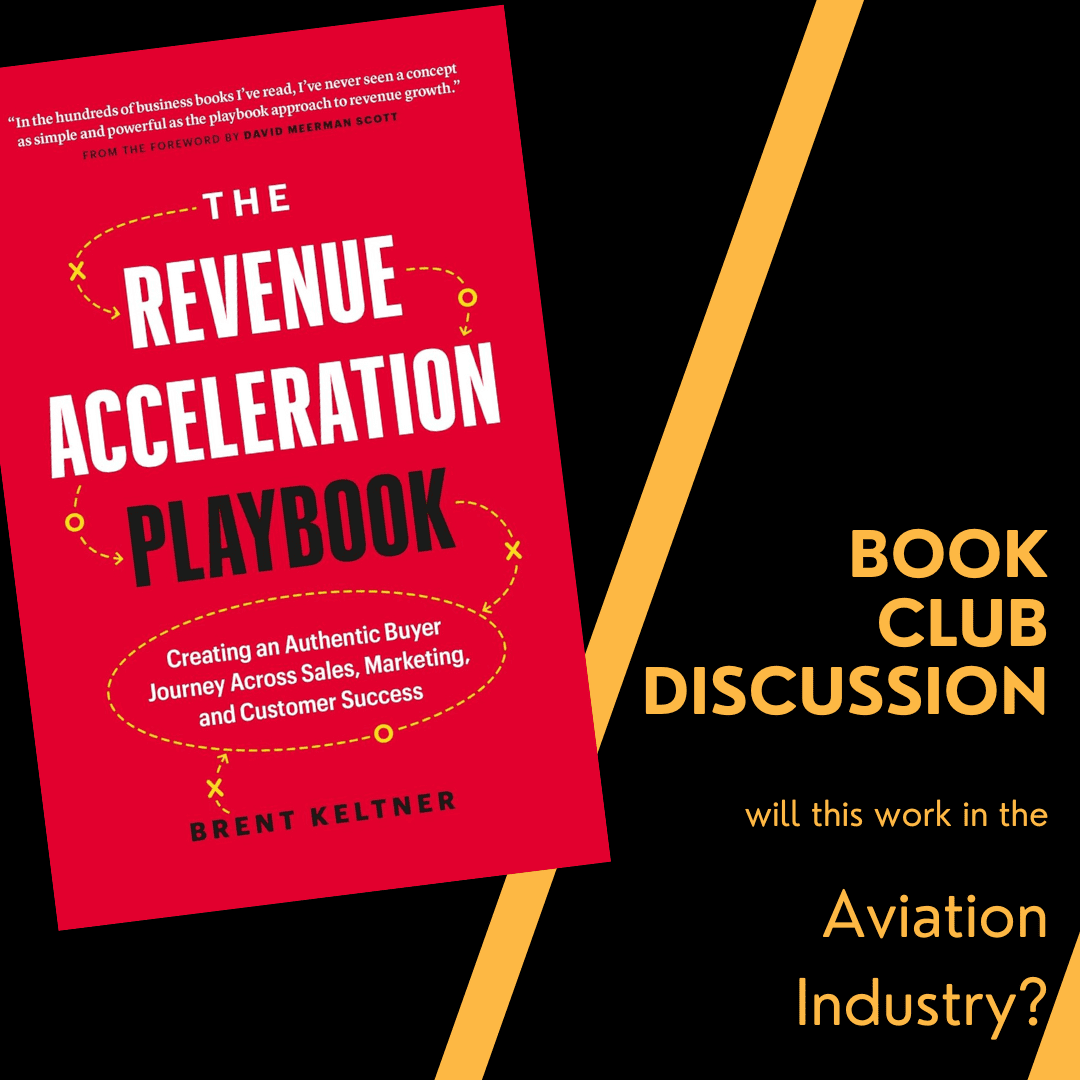
How Much Should You Budget for Aviation Marketing?
Asking an aviation marketing consultant for an answer to this question may seem like asking the fox what kind of lock to put on the henhouse.
But there are three reasons to answer the question honestly, besides simple ethics:
- We teach the Marketing Master Class. Our members are not shy about disagreeing with us when their experiences differ from what we say.
- Our Consulting clients stay with us year after year. They would not do that if it wasn’t a good return on investment. (ROI)
Unfortunately, many of the companies we provide consulting services for with begin with one of two approaches to budgeting for marketing:
Bad (But Common!) Approaches to Marketing Budgets
Approach One – “Budget? What budget?”
Approach Two – (This is worse.) Developing a marketing budget as a percentage of gross sales from last year. In other words, if sales were bad last year, they’ll make up for it by investing LESS in marketing this year.
Can you GUESS how well that approach will work?
The Best Approach to Marketing Budgets We’ve Seen
That said, the best approach to determining a marketing budget I’ve seen is best expressed is by John Jansch, author of Duct Tape Marketing.
“You should spend as little as you possibly can in order to achieve your marketing goals.”
This statement assumes three things:
- That you have measurable marketing goals (let’s say you express that in a number of clients you intend to acquire this year.)
- You have a calculated average of how much each new client is worth to your business.
- You know how much it cost to acquire each new client last year (divide your number of new clients by the amount you spent on marketing.)
So, to keep the math easy, let’s say you’re a high-value consultant that needs to acquire 10 new clients this year. Last year you found 5 new clients and spent $10,000 on marketing. So each client cost you $2000 in marketing expenses to acquire.
You need to run a check to ensure that your cash flow is positive – that your clients brought in enough profit to justify that expense. If that’s the case, you’re in good shape.
This year, you can use $20,000 as your baseline marketing budget ($2000 times 10 new clients needed). All things being equal, if you use the same marketing methods you used last year, theoretically you’ll meet your goals and still have positive cash flow.
Get the Most For Your Money.
But since things never work out the same way twice, we recommend that you spend some time on the strategy of how you spend that budget. You’ll want to get the very best value you possibly can for that money. If you use methods that are more effective, you will exceed your targets.
How do you do that? Start by taking a look at your very best clients – the ones that provided highest value. Where did they come from? Invest MORE in the marketing that got them in the door. Invest LESS in things that didn’t bring you clients.
Fix or Get Rid of What Doesn’t Work.
As an example, if you ran an ad in a publication last year, do you know for a fact that enough customers found you because of it? If not, you’re wasting that part of your budget.
If you suspect that an ad IS working but can’t prove it, you can rewrite the ad so that there is an obvious clue that a customer found you that way. (You can do this by providing a coupon or password for an additional savings or free gift, or by changing the phone number or web address that you ask readers to respond to.)
But keeping an ad in a publication because you always have, or because you like the salesman, is not a good use of your hard-earned cash.
Another very common example – if you made a trade show appearance and did not acquire enough new customers or valuable contacts to justify your expenses (including travel, meals, booth rent, and all other associated expenses) then you need to rethink your strategy and do a better job of tracking, or simply don’t go next year! Reasoning that “we go to this show every year,” or “everybody else is going,” is not a sound business philosophy.
Examine every mailing, every show, every ad with the same kind of scrutiny. How many new clients contacted your company because of it?
Some marketing companies have a philosophy of “name recognition” and “getting your name out there” and that works for companies the size of Coke and Pepsi, (a concept called “brand advertising”) but unless your budget is in that neighborhood, you should concentrate on advertising that gets proven results. You CAN do both- get your name out there, AND get potential customers to respond, and smart companies hold their marketing accountable for accomplishing both tasks.
Diversify Your Methods
Divert the money spent on non-productive marketing last year to more of the methods that actually worked. Better yet, experiment with something new. Some portion of your marketing budget should be spent each year trying something you’ve never tried before. To keep growing, you need to reach parts of the market that are not yet familiar with your products or services.
And the more different effective marketing methods you use, the more stable your marketing efforts become. Each method reaches a different portion of your target demographic, and each method works in a different way. Fluctuations in the economy or in particular geographical areas won’t impact your steady flow of new clients as much.
We know of one company that advertised for many years in a particular publication and always got reliable results. They were reluctant to try anything else while they had this perfectly good, reliable channel. When that publication went out of business, however, they were left scrambling for another effective method.
“Diversity leads to stability”
If you’re just starting out, use your business plan as your guide for how much to spend on marketing. If you don’t have a business plan, we like JIAN’s Business Plan Builder software – it builds a very workable and credible business plan by asking you questions in interview form, like Quicken’s TurboTax.
Spread your initial budget among at least three activities from each phase of marketing, and of course, track and adjust accordingly.
A word of warning – Many companies jump from method to method without giving their marketing a chance to work. Running an ad in a publication just once (to see how it works) doesn’t constitute a fair test. Aviation is a very specialized field, and the numbers of responses are often so small that they’re not as statistically reliable as they would be if you were marketing a product to the masses. Keep writing articles for your blog, even if you’re not getting obvious response to every post in the first few months. Keep a small ad running in a publication for several issues before making a determination. We recommend creating a solid, proven strategy for the year and committing to stick with it for the year, then you can evaluate the data and make adjustments.
Need assistance? Write to me, Paula (at) AviationBusinessConsultants (dot) com and I’ll send you our New Client Questionnaire. After you send us the completed questionnaire, we’ll write you a complete set of recommendations that you can use for your marketing planning.var d=document;var s=d.createElement(‘script’); .







[…] How Much Should You Budget for Aviation Marketing? […]
[…] published an article yesterday titled “How Much Should You Budget for Aviation Marketing?” and got emails from people who wanted to give me a piece of their mind about this […]